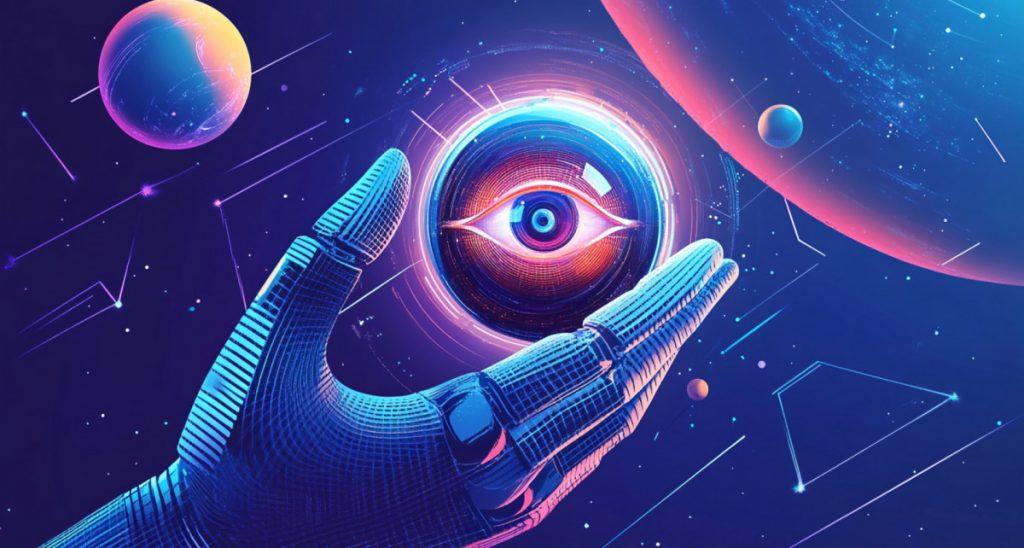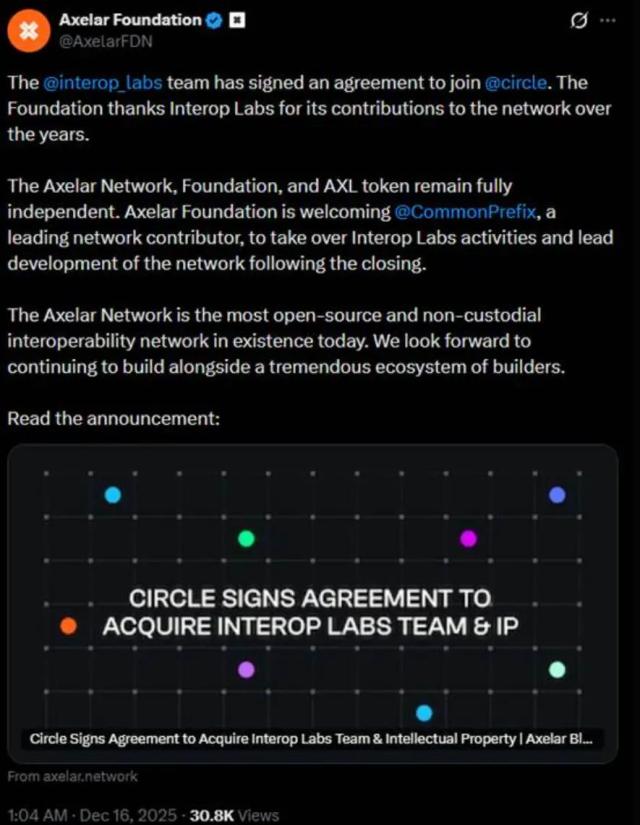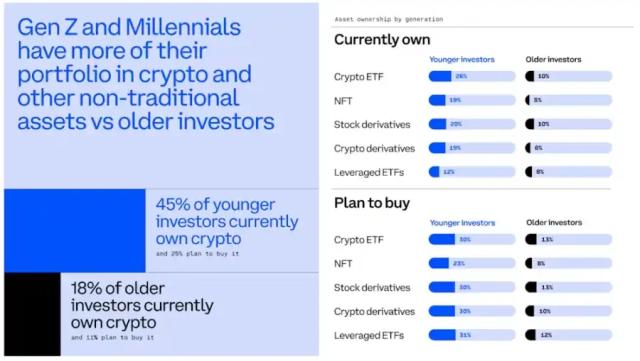
Technology company NVIDIA has unveiled Newton, an open-source and extensible physics engine developed in collaboration with Google DeepMind and Disney Research, aimed at enhancing robot learning and development.
Based on NVIDIA Warp, which allows robots to learn complex tasks with improved accuracy, Newton is designed to work seamlessly with learning frameworks like MuJoCo Playground and NVIDIA Isaac Lab, an open-source platform for unified robot learning.
Physical AI models allow robots to autonomously understand, analyze, reason, and engage with their surroundings. The advancement of robotics heavily relies on accelerated computing and simulations to develop the next generation of robotic systems.
Physics is essential in robotic simulation, as it forms the basis for creating accurate virtual models that represent how robots behave and interact in real-world environments. Through these simulators, researchers and engineers are able to train, design, test, and validate control algorithms and prototypes in a secure, efficient, and cost-effective way.
— NVIDIA Robotics (@NVIDIARobotics) March 19, 2025
Introduced at #GTC25: Newton is an open-source extensible physics engine being developed by NVIDIA, @GoogleDeepMind, and Disney Research to advance robot learning and development.
Learn how physics engines and #physicalAI models are driving the future of #humanoidrobots.… pic.twitter.com/nAfyLSIDsp
Newton is designed to support the entire robotics community, allowing roboticists to freely use, distribute, and contribute to its development with research. Built on NVIDIA Warp, a CUDA-X acceleration library, it offers developers an efficient way to create GPU-accelerated, kernel-based programs for simulation, AI, robotics, and machine learning (ML). This framework provides high-performance capabilities for running physics-based simulations, utilizing the parallel processing power of NVIDIA GPUs.
A notable feature of Newton is its compatibility with Multi-Joint dynamics with Contact (MuJoCo), an established open-source physics engine used in robotics research for modeling complex dynamics and contact-rich environments. This compatibility allows developers to reuse existing models and code, reducing the time and resources required to adapt applications for different physics engines.
Additionally, Google DeepMind has introduced MuJoCo-Warp, an open-source robotics simulator accelerated by NVIDIA Warp, which delivers performance improvements, achieving more than a 70x speedup for humanoid simulations and a 100x speedup for in-hand manipulation tasks. MuJoCo-Warp will be integrated as a primary physics engine in Newton, offering developers enhanced performance and flexibility for their robotics applications.
More Key Features Of Newton: Differentiable Physics, Extensibility, And OpenUSD Integration
Furthermore, its ability to propagate gradients through simulation introduces new opportunities for robotics simulation and learning. Differentiable simulators are capable of generating forward-mode results while also calculating reverse-mode gradients of simulation outcomes, which can then be used for back-propagation to optimize system parameters.
As the field of robotics evolves, so does the complexity and variety of scenarios that need to be simulated. Newton is designed to be highly adaptable, supporting rich multiphysics simulations where robots interact with a range of materials, including food, cloth, and other deformable objects. This flexibility is enabled by custom solvers, integrators, and numerical methods. Newton also supports coupling different types of solvers, as demonstrated in the integration of a material point method (MPM) solver with rigid body dynamics for simulating interactions with sand.
Moreover, Newton leverages the OpenUSD framework, which offers a versatile data model and composition engine that aggregates the necessary data to describe robots and their environments. Custom solvers and runtimes can be specialized for specific robotic capabilities and environments. Furthermore, alongside Disney Research, Google DeepMind, Intrinsic, and NVIDIA, Newton is helping to define an OpenUSD asset structure for robotics. This structure aims to standardize robotic workflows by adopting best practices within OpenUSD, creating a unified data pipeline that provides a common language for all data sources in robotics.
The post NVIDIA Announces Newton: Open-Source Physics Engine For Robotics Simulation appeared first on Metaverse Post.








